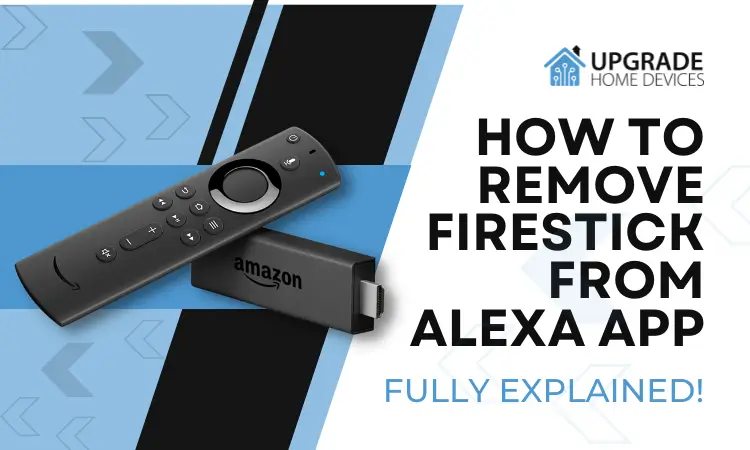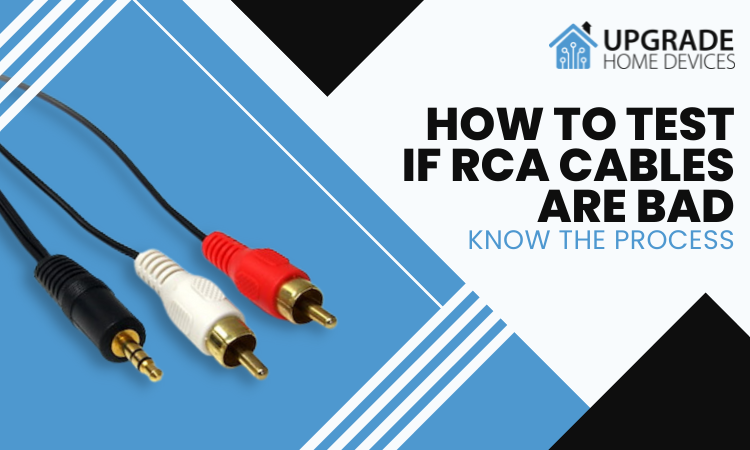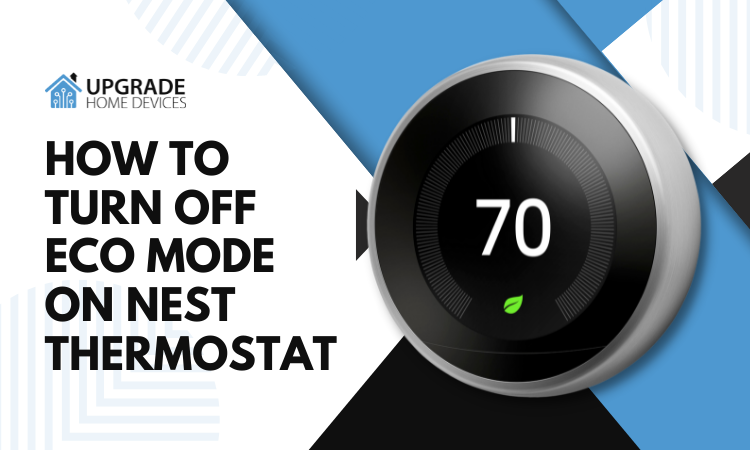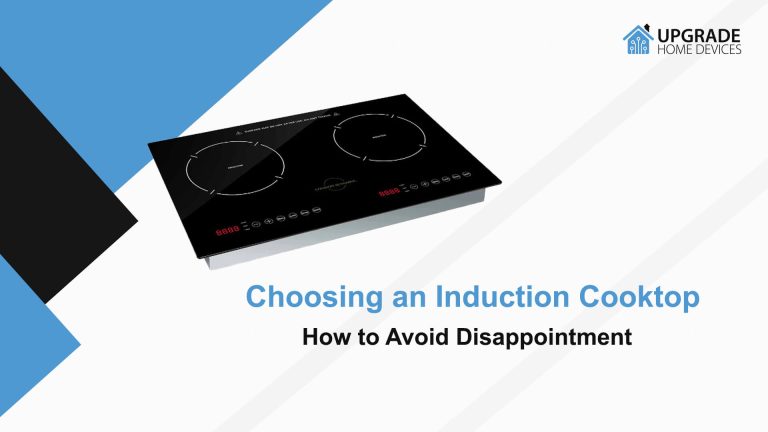How to Choose a Budget-Friendly Upright Vacuum Cleaner in 2024
In the article, I will tell you about the parameters and functions that you should pay attention to when choosing a budget vertical vacuum cleaner in 2024. I will try to highlight the aspects that do not greatly affect the cost but will help you select a model with the most efficient and convenient use. At the end, I will leave a link to budget vertical vacuum cleaners.

Table of Contents
- Power Supply and Autonomy
- Brush Type
- Wet Cleaning
- Layout
- Power
- Operating Modes
- Equipment and Attachments
- Features
- Conclusion
Power Supply and Autonomy
The wireless format of vertical vacuum cleaners is a standard when it comes to models in the middle and high price segments. However, in the budget range (in this case, up to 6-7 thousand rubles), it makes sense to consider wired solutions.
In addition to the more reasonable price, wired models have:
- Increased suction power. The manufacturer does not need to find a balance between power and energy consumption, so the maximum is squeezed out of the motor. The power of a budget corded vacuum cleaner is comparable to expensive wireless models – 150 – 200 W.
- Unlimited operating time. The main thing is to have an outlet nearby. The device is ready to use at any time, no need to wait for a full charge.
- Reduced mass. The battery mass of a wireless model is about 500 g, so corded vacuum cleaners feel slightly lighter and more maneuverable.
It is worth considering corded vertical vacuum cleaners if you need high suction power at a minimal price, for example, for cleaning long-pile carpeting and soft furniture. In other cases, wireless models will be more practical, especially since their range is much wider than that of wired devices.

Brush Type
The brushes of inexpensive vacuum cleaners can be standard or motorized. Standard brushes will be sufficient for cleaning hard surfaces with sufficient suction power (from 140 W).
Motorized attachments (with a rotating brush) can be represented in the form of:
- Turbo brushes. A roller with ribs of stiffness and sparse bristles. It effectively removes dust from carpets and textile surfaces, as well as hair and other dirt. It is cleaned quite easily. The main thing is that the roller itself is removable.
- Bristle roller. Does not remove dust, so it is not suitable for carpets and textiles, but still effectively collects various types of dirt. It complements the function of wet cleaning well.
A motorized brush in the nozzle design may require an additional payment of over 15 dollars, however, the function fully pays off when it comes to cordless vacuum cleaners with not too high suction power.
In summary: powerful corded models will be perfectly fine with a standard attachment; for cleaning only floors (without carpets) and for wet cleaning, pay attention to the bristle roller; a turbo brush will help when cleaning carpets. There are also models with interchangeable brushes.

Wet Cleaning
This function is an excellent complement to dry cleaning. It can be represented in the form of a nozzle that sprays liquid (water or detergent) in front of the attachment, or in the form of a dampened cloth (as with robotic vacuum cleaners). There are also systems that wet the rotating roller and then collect dirty water from it – this feature is already found in more expensive models, but it is the most practical solution.
I note that the wet cleaning function does not make your vacuum cleaner a washing machine. Washing vacuum cleaners are not considered in this material, as they are a different system with different price ranges, functions, and features. If your budget is limited, for example, to 10,000, then I recommend sticking to ordinary vertical vacuum cleaners with dry or combined cleaning.
Layout
The layout of the vacuum cleaner determines the location of the main unit of the device, i.e., the motor, container, battery (if available), and other components.
The layout can be top and bottom. I strongly recommend models with a top layout, i.e., those where the motor and container are closer to the handle you hold. This will allow you to easily lift the vacuum cleaner and control it in the air (due to the shifted center of gravity), as well as to reach under the sofa and other hard-to-reach places.

Power
The power of vertical vacuum cleaners is a tricky parameter that can be misleading. Sellers often indicate not the suction power, but the consumed power, which can be significantly different. There are also Aerowatts (0.99 W) and Pascals (1 W = 71 Pa). Manufacturers use different units of measurement and make measurements in their own way, so I wouldn’t fully trust these values.
- However, you can rely on approximate ranges:
- Up to 100 W (7100 Pa) – suitable for hard surfaces;
- 100 – 160 W (7100 – 9940 Pa) – hard surfaces and short-pile carpets
- 160 W and above (9940 Pa) – universal power with good cleaning depth (for carpets, furniture, etc.).
Operating Modes
Operating modes are used in battery-powered models to increase efficiency and autonomy. In the inexpensive segment, there are 2 main modes (in addition to the standard one):
- Eco – reduced power (to increase working time when cleaning hard surfaces);
- Turbo (for effective carpet cleaning).
There is also an auto mode with surface type detection, but it is not found in the budget segment.

Equipment and Attachments
An abundance of attachments with a limited budget is not always necessary. At this stage, I would determine how the vacuum cleaner will be used. If it is only needed for floor cleaning, then we don’t pay attention to attachments. If you want universality to clean the car interior, furniture, and some hard-to-reach places, then look for a crevice nozzle and a nozzle with a brush along the edges. The rest is chosen according to your tasks.
In addition to attachments, the kit should include a station or a small holder for parking and storing the vacuum cleaner. The station can be wall-mounted or floor-standing. The wall-mounted option is more convenient and ergonomic, and in some cases, it can also serve as a charging dock.
There are also models without any stations. If there is no holder in the kit, then look for the presence of independent vertical parking.

Features
Here are some other features that do not require a large additional payment but significantly increase the comfort and efficiency of cleaning (or, conversely, their absence can complicate operation):
- Trigger lock. Many even expensive models (for example, Dyson) only work when the trigger is held. For extended cleaning (over 30 minutes), this is important. The vacuum cleaner can also be turned on/off with a switch – also a good option.
- Charge indicator. It may seem like a basic function, but it is not found in all budget models. Look for at least a 3-section charge indicator. I do not recommend overpaying for a full display in the budget segment – here it is more marketing than convenience.
- Contactless dustbin emptying. When the button is pressed, the bottom of the dustbin opens. Also, make sure that the cyclone filter is removable from the container for subsequent maintenance.
- Removable battery. Relevant for popular models. A removable battery not only simplifies the charging process but also allows you to purchase an additional battery, significantly increasing the vacuum cleaner’s autonomy.
Conclusion
A limited budget requires the user to pay special attention to the parameters and functions for which they are paying. This is why the right choice of such equipment should begin with determining the usage format and general requirements for the vacuum cleaner.
Try to consider models from the most popular brands, such as Deerma, Philips, Tefal, Xiaomi (including subsidiaries Dreame, Jimmy, and the like), Kitfort. The more popular the manufacturer and model, the easier it is to find consumables and additional accessories – in the long run, this will be more economical than buying a more budget non-branded model.

![How To Change Wifi On Smart Life Plugs? [Explained In 5 Steps]](https://upgradehomedevices.com/wp-content/uploads/2022/09/how-to-reconnect-smart-life-plug-to-wifi.webp)



